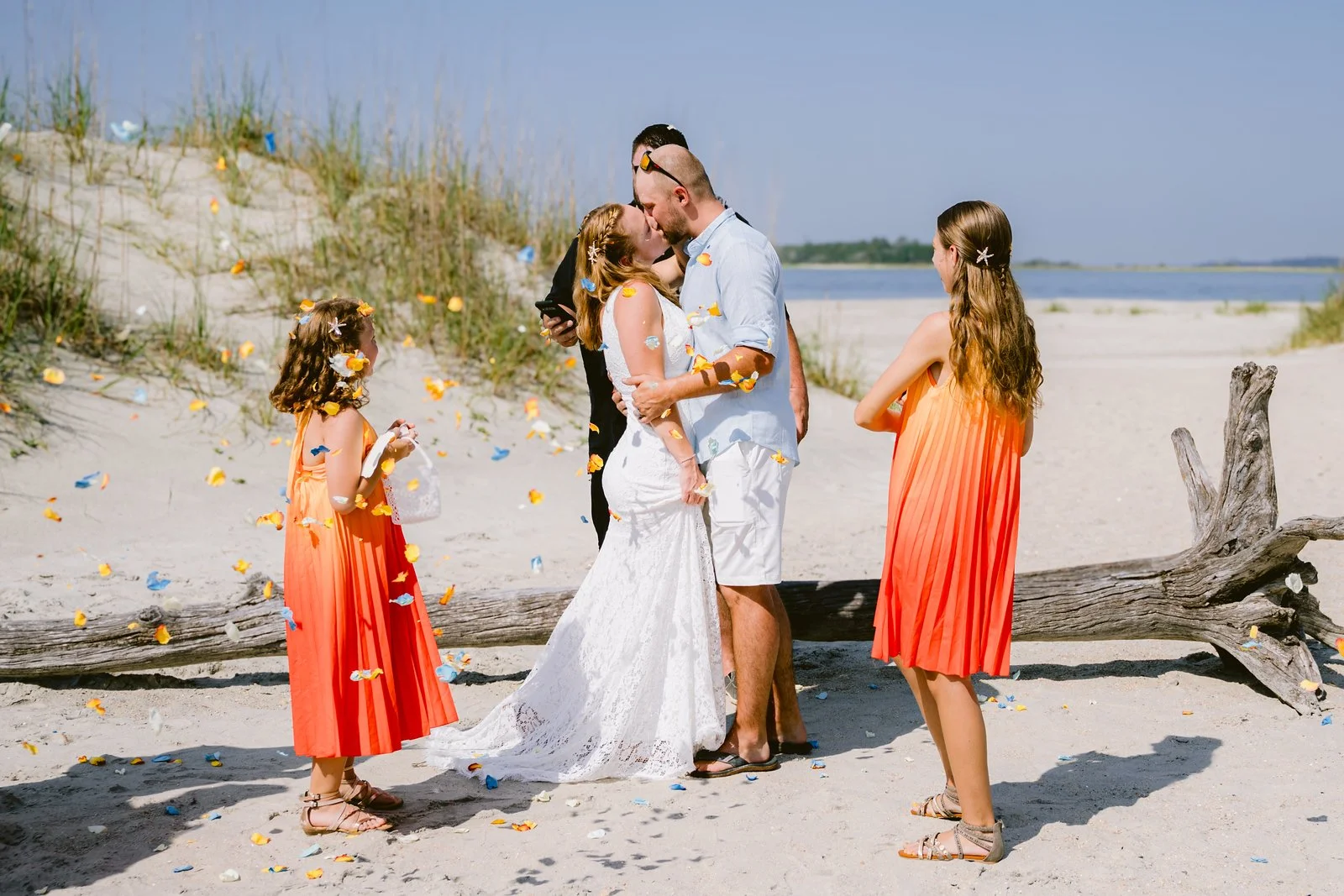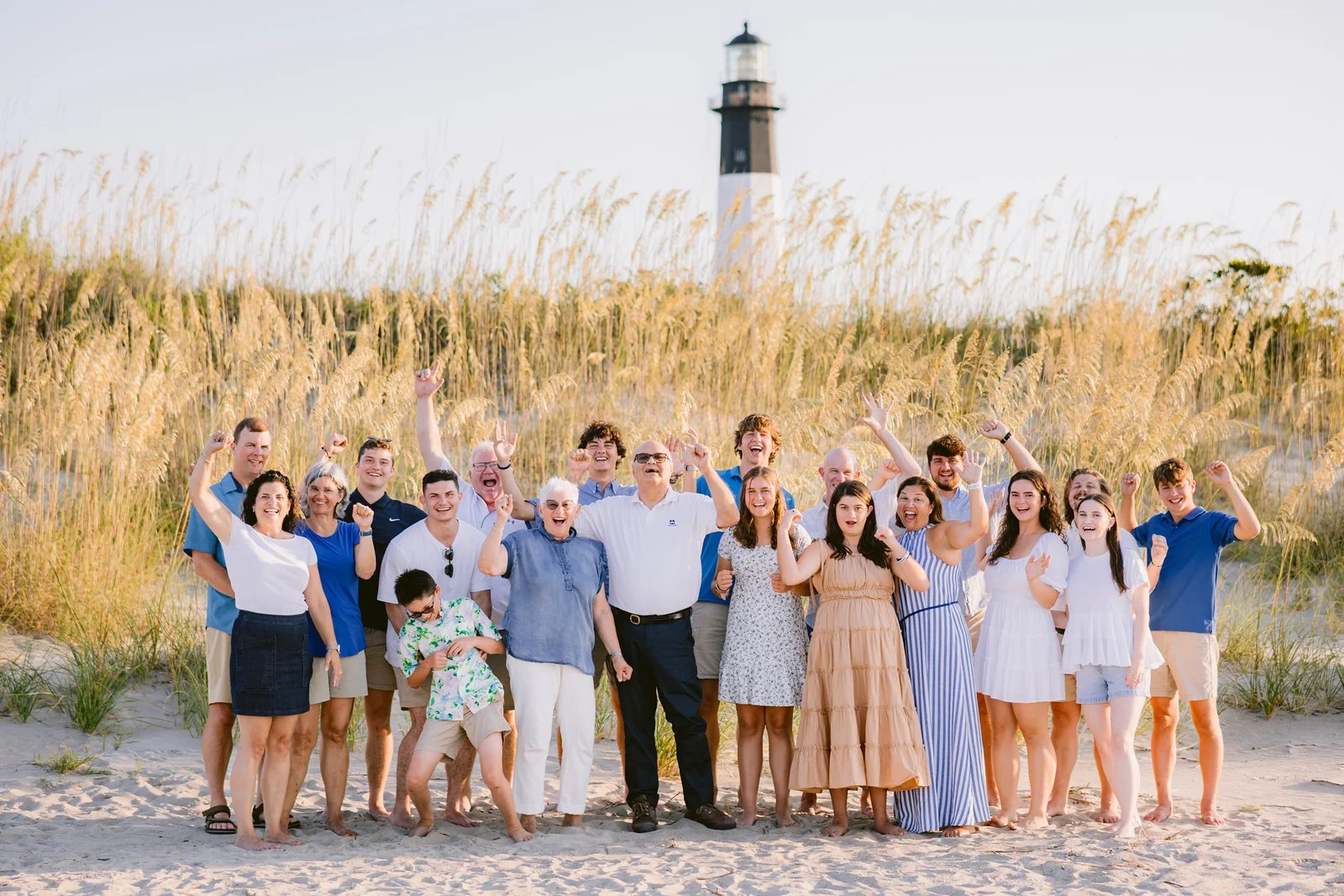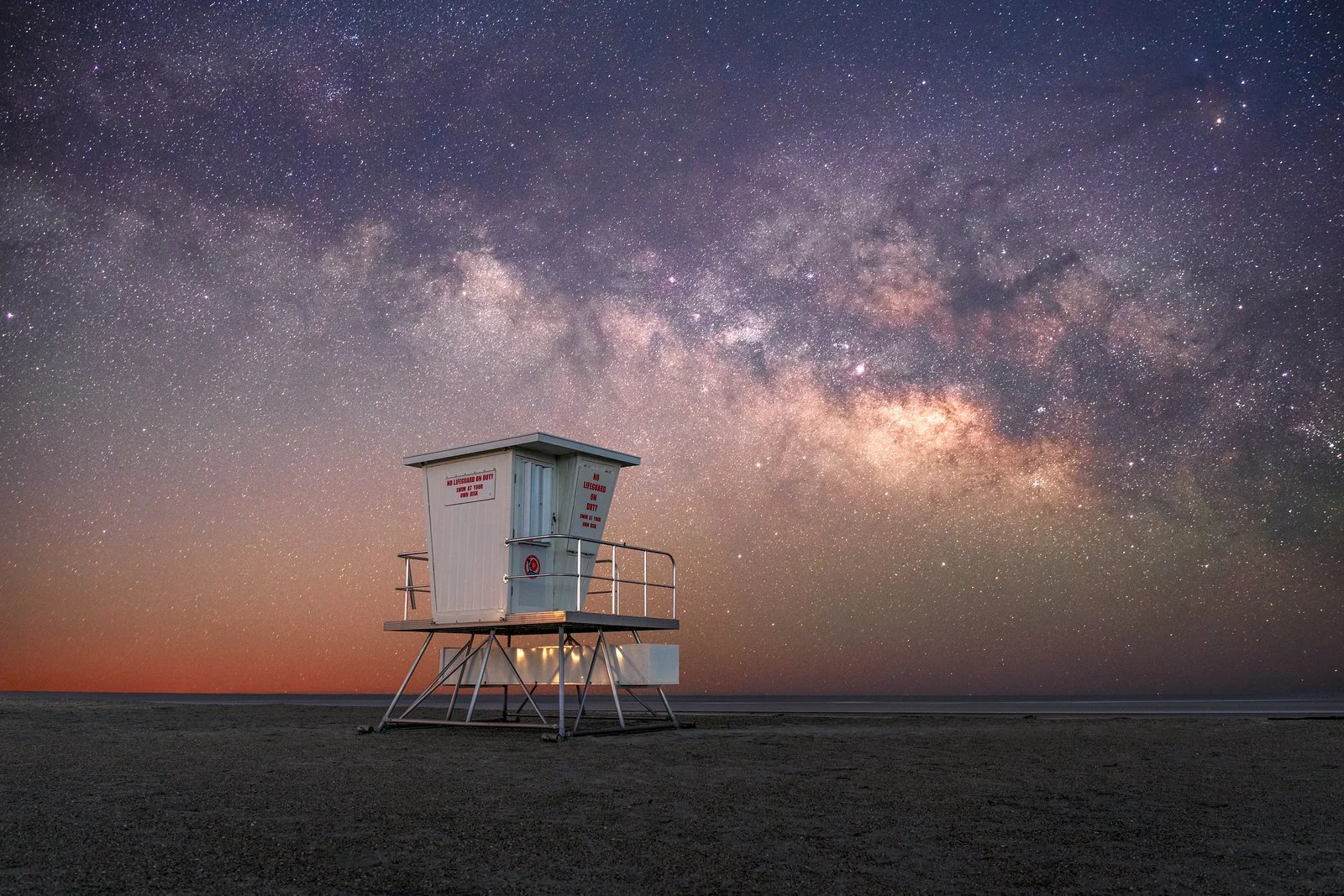How to Get the Best Photos, Part 1: Time of Day
Welcome to Part 1 of a series on how to make the most out of your Tybee Island photoshoot! Today, we’re diving into one of, if not the most important, factors: the time of day. Lighting at different times can dramatically impact the look and feel of your photos, so knowing when to schedule can make a huge difference.
I generally break the day down into four broad lighting types: Dawn and Sunrise Golden Hour, Mid-Day Light, Sunset Golden Hour and Twilight, and Night. Each has its own distinct personality that affects your images in unique ways.
Dawn and Sunrise Golden Hour
.
Dawn is that magical time just before the sun rises, and the sunrise golden hour follows in the 30 minutes or so after (I know they call it an "hour," but it's more like 30 minutes). Photos taken at this time can be rich with bold, dramatic colors that soften into pastels as the light changes. On clear mornings without clouds, the light has a clean quality—like a more soft version of sunset.
Mid-day Light
Once the sunrise golden hour fades, we enter mid-day light, which lasts until sunset golden hour. This lighting tends to be harsh, with hard shadows and strong contrasts. While it’s definitely possible to take great photos during this time, I usually recommend avoiding it if you can. It's less flattering and more challenging to work with—but don’t worry, I’ve done countless shoots during this time, and it can still be beautiful!
Sunset Golden Hour and Twilight
Sunset is easily the most popular time for photoshoots, and for good reason! You don’t have to wake up early, and the soft, golden light is both gorgeous and flattering. The sky itself gets the most dramatic colors during this time. As the sun dips below the horizon, the light shifts to twilight, which is smooth and even—a perfect time for portraits. Twilight is actually my favorite time to shoot, but it’s short-lived, so we have to move fast once it starts!
Night
Without additional lighting, portraits at night are basically impossible. I don’t currently shoot portraits at night as it requires a powerful flash, but in the future I plan to. For now, night is more about enjoying the stars.
That’s it for Part 1! Now you know how different times of the day can affect your photos. Stay tuned for Part 2, where I’ll be talking about how the weather—clouds, rain, and all plays into your shoot.






